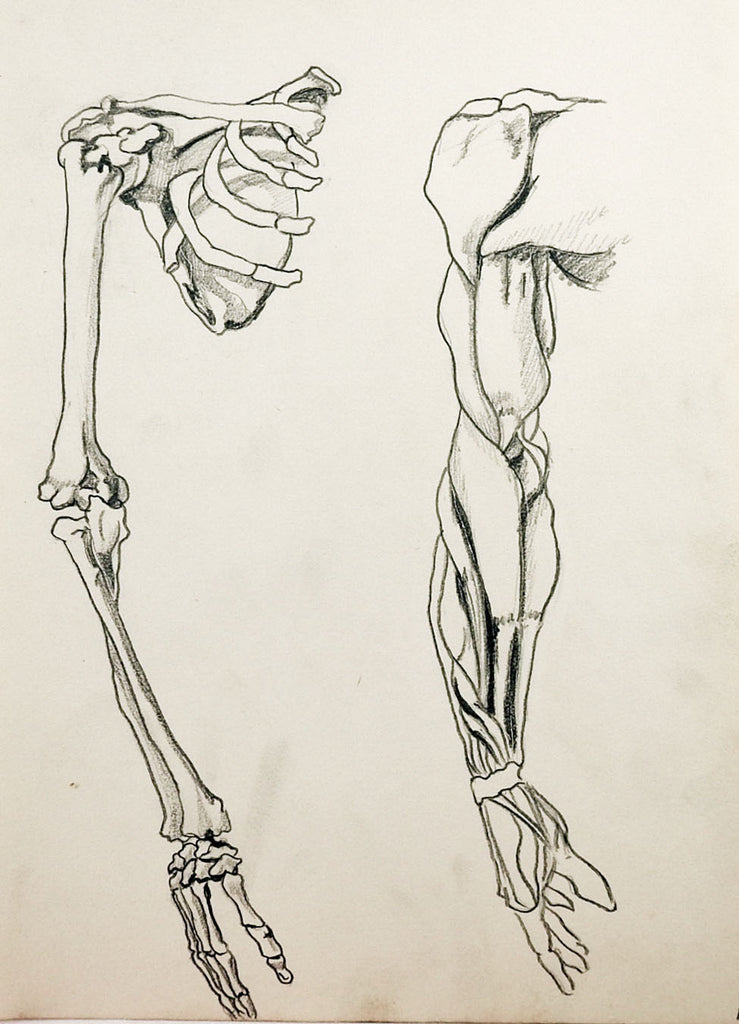

It is essential that healthcare professionals recognize who is at risk, practice early identification and implement current management strategies for the patient with delirium. At least 20% of the 12.5 million patients over age 65 hospitalized each year experience complications because of delirium. Signs of Unstable Angina and Non-ST Elevation MIĮCG Signs of Ischemia | Wellens’ Warning | Practice ECGs: NSTEMIĭelirium affects an estimated 14% to 50% of all hospitalized elderly patients.

Inferior-Wall STEMI | Posterior-Wall MI | Right-Ventricular MI | Recording Right Ventricular and Posterior Leads Recognizing STEMI | Recording Posterior and Right Ventricular Leads.Coronary Artery Blood Supply | Indicative and Reciprocal Changes | Recognizing STEMIĬoronary Artery Anatomy | Indicative Changes of Ischemia, Injury, Infarction | Reciprocal Changes | Progressive Changes and ECG Evolution | Anterior-Wall STEMI | Antero-Lateral Wall STEMI.Normal Ventricular Depolarization | Recording Electrical Activity | Definition of Axis | Origin of Hexaxial Reference System | Practice Axis Calculationīest Leads for Recognizing | Ventricular Depolarizing | Practice ECGs Electrical Activity, QRS Complex and Calculating QRS Axis.Normal 12-Lead ECG, Waves and Intervals of the Cardiac CycleĪnatomy of a 12-Lead | Which Leads Look Where | Normal Waves and Intervals | Steps in Reading Strips.The order of lectures presented and break times may vary according to speaker preference. The day includes a one-hour lunch (on your own), as well as a morning and afternoon break of 15 minutes each. Recognize signs of ischemia and non-ST-elevation myocardial infarction (NSTEMI) on the 12-Lead ECG.Recognize ST-elevation myocardial infarction (STEMI) on the 12-Lead ECG.Identify right and left bundle branch block.Demonstrate the ability to calculate the QRS axis on selected ECGs.Additional content includes an easy way to determine the QRS axis and its clinical implications recognition of right and left bundle branch blocks and ECG criteria for recognizing myocardial ischemia, injury and infarction. Content includes anatomy of a 12-Lead ECG, how leads record electrical activity traveling through the heart, normal waveforms and intervals and how each lead should look on a normal ECG. Objects drawn in perspective grow smaller as they recede into the horizon.This class is an introduction to 12-Lead ECG interpretation for acute and critical care nurses, advanced practice nurses and anyone who needs to be able to interpret an ECG in his or her clinical practice. Perspectives are used by architects and for industrial pictorials of plan layouts, machinery, and other subjects where realism is required. Artists use one-point perspective, two-point (shown here), and three point to create visual depth. Perspective is the most realistic form of drawing. They are found on prints and are easy to visualize, so let’s look at their differences. As a group, they are called “pictorial drawings”. Since most engineering and architectural prints utilize some form of orthographic projection (multi-view drawing), that type of drawing will be emphasized.īefore going into a study of orthographic projection, you should be able to recognize several other types of drawings. The ability to ”see” technical drawings that is to ”think in three dimensions,” is the most important part of this course.

Now that you have learned about the kinds of lines found on prints, the next step is to develop your visualization abilities.


 0 kommentar(er)
0 kommentar(er)
